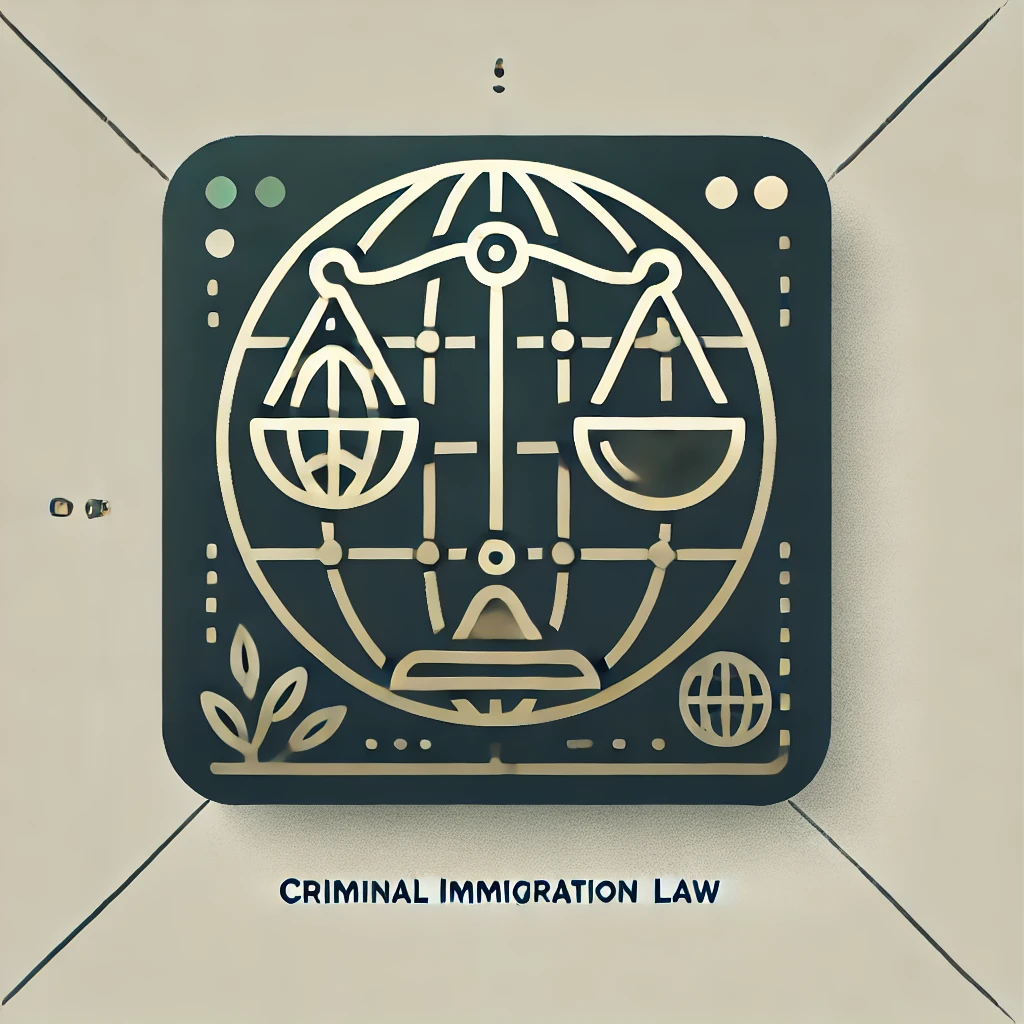- Introduction to the Board of Immigration Appeals (BIA)
- Understanding BIA Decisions
- Types of cases heard by the BIA
- The role of the BIA in the immigration process
- Trends in BIA Decisions
- Notable shifts in decision-making
- Impact of political climate on BIA decisions
- Statistics on BIA Decisions
- Data analysis of recent BIA decisions
- Key findings and insights
- Factors Influencing BIA Decisions
- Legal precedents
- Judicial discretion
- Advocacy efforts
- Challenges in BIA Appeals
- Procedural hurdles
- Legal complexities
- Resource constraints
- Strategies for Successful BIA Appeals
- Importance of competent representation
- Leveraging case law
- Building a compelling argument
- Recent Developments and Case Studies
- High-profile BIA decisions
- Impact on immigration policy
- Conclusion
Board of Immigration Appeals Decisions: Trends and Statistics
Immigration law in the United States is a complex and ever-evolving field, with the Board of Immigration Appeals (BIA) playing a crucial role in interpreting and applying immigration statutes. Understanding the trends and statistics surrounding BIA decisions is essential for both immigrants and their legal representatives.
Get free advice via WhatsApp, or schedule an in-depth legal consultation!
Contact Us on WhatsApp Call Us Now! Visit Our Contact PageIntroduction to the Board of Immigration Appeals (BIA)
The BIA is an administrative appellate body within the Executive Office for Immigration Review (EOIR). It primarily reviews appeals from decisions rendered by immigration judges and certain Department of Homeland Security (DHS) officials. Established in 1940, the BIA aims to provide fair and consistent adjudication of immigration cases.
Understanding BIA Decisions
Types of Cases Heard by the BIA
The BIA hears a wide range of immigration cases, including asylum claims, deportation orders, and applications for relief from removal. Its decisions can have significant implications for individuals facing deportation or seeking lawful status in the United States.
The Role of the BIA in the Immigration Process
As the highest administrative body for interpreting and applying immigration laws, the BIA plays a crucial role in shaping immigration policy and practice. Its decisions establish legal precedents that guide lower courts and immigration officials.
Get free and fast advice via WhatsApp for any questions you have!
Contact Us on WhatsAppTrends in BIA Decisions
Notable Shifts in Decision-Making
Over the years, the BIA’s approach to certain immigration issues has evolved in response to changing legal standards and societal attitudes. Recent trends suggest a greater emphasis on humanitarian considerations and protection of vulnerable populations.
Impact of Political Climate on BIA Decisions
The political climate can influence BIA decision-making, particularly regarding contentious issues such as asylum eligibility and discretionary relief. Shifts in administration often result in changes in immigration policy and enforcement priorities, which in turn affect BIA outcomes.
Statistics on BIA Decisions
Data Analysis of Recent BIA Decisions
Analyzing data on BIA decisions provides valuable insights into the disposition of immigration cases and the factors driving decision-making. Trends in grant rates, remands, and types of relief sought can inform strategic litigation and advocacy efforts.
We are here to help protect your rights
Explore our legal solutions and get the support you need.
Learn how a Writ of Mandamus can compel action when your legal rights are delayed or denied Discover the power of Habeas Corpus to protect personal freedoms and challenge unlawful detentions Find expert guidance on navigating criminal and immigration law complexities to protect your futureTrust us to guide you through crucial moments. We are here for you.
Key Findings and Insights
Recent statistics reveal patterns in BIA decision-making, including disparities in outcomes based on factors such as country of origin, legal representation, and type of relief sought. Identifying these trends can help stakeholders better understand the challenges immigrants face in navigating the legal system.
Factors Influencing BIA Decisions
Legal Precedents
BIA decisions are guided by existing case law, statutory interpretation, and regulations. Legal precedents established by the BIA and federal courts shape the parameters of immigration law and influence how cases are adjudicated.
Looking for in-depth legal counsel? Call us or visit our contact page to schedule a paid consultation.
Call Us Visit Our Contact PageJudicial Discretion
Immigration judges and BIA members have discretionary authority to grant relief in certain cases based on equitable factors and humanitarian considerations. Understanding how discretion is exercised can be crucial for advocating on behalf of clients.
Advocacy Efforts
Advocacy organizations and legal practitioners play a vital role in shaping BIA decisions through litigation, policy advocacy, and public awareness campaigns. Effective advocacy can contribute to more favorable outcomes for immigrants and promote systemic reforms.
Challenges in BIA Appeals
Procedural Hurdles
Navigating the appellate process before the BIA can be challenging due to procedural rules and deadlines. Understanding the requirements for filing appeals and presenting arguments is essential for preserving legal rights.
Legal Complexities
Immigration law is notoriously complex, with numerous statutory provisions, regulations, and judicial interpretations that can impact case outcomes. Successfully challenging adverse decisions often requires a nuanced understanding of legal doctrines and procedural rules.
Resource Constraints
Many immigrants facing deportation lack access to competent legal representation due to financial barriers or geographic limitations. Limited resources and capacity constraints within the legal aid community can exacerbate disparities in case outcomes.
Strategies for Successful BIA Appeals
Importance of Competent Representation
Securing competent legal representation is critical for navigating the complexities of BIA appeals and presenting persuasive arguments on behalf of clients. Skilled attorneys can assess the merits of an appeal, identify potential legal issues, and advocate effectively for relief.
Leveraging Case Law
Building a strong legal argument often involves citing relevant case law and legal precedents that support the client’s position. Analyzing BIA decisions and appellate court rulings can help attorneys craft persuasive arguments that resonate with decision-makers.
Building a Compelling Argument
Effective advocacy requires presenting a compelling narrative that highlights the client’s legal rights, factual circumstances, and equities. Crafting a persuasive written brief and delivering a compelling oral argument can increase the likelihood of success before the BIA.
Recent Developments and Case Studies
High-Profile BIA Decisions
Recent BIA decisions have addressed a range of significant immigration issues, including asylum eligibility, cancellation of removal, and prosecutorial discretion. Analyzing these decisions and their impact on immigration law is essential for staying abreast of developments in the field.
Impact on Immigration Policy
BIA decisions can have far-reaching implications for immigration policy, shaping enforcement priorities, eligibility criteria, and procedural safeguards. Understanding the broader policy context in which BIA decisions are made is crucial for advocating for systemic reforms.
Conclusion
The Board of Immigration Appeals plays a central role in shaping the landscape of immigration law in the United States. By examining trends, statistics, and factors influencing BIA decisions, stakeholders can gain valuable insights into the challenges and opportunities facing immigrants in the legal system.
Unique FAQs:
- How long does it typically take for the BIA to decide an appeal?
The processing time for BIA appeals can vary widely depending on factors such as caseload, complexity of the issues involved, and procedural considerations. In some cases, decisions may be rendered within several months, while others may take years to resolve.
- Can BIA decisions be appealed further?
BIA decisions are generally subject to judicial review in federal courts through a process known as a petition for review. However, not all BIA decisions are eligible for judicial review, and the grounds for challenging a decision are limited.
- What factors does the BIA consider when reviewing an appeal?
The BIA considers a variety of factors when reviewing appeals, including legal arguments, factual evidence, procedural irregularities, and discretionary relief.
https://criminalimmigrationlawyer.com/2023/11/12/board-of-immigration-appeals-decisions-trends-and-statistics/
Related Posts
Get complimentary general advice via email or WhatsApp!
For more in-depth legal counsel, phone or office consultations are available for a flat fee for up to 40 minutes.
Contact Us on WhatsApp Visit Our Contact PageDynamic Letter Generator
“Support those who need it most.”
Create personalized support letters to help your loved ones navigate immigration, legal, or community challenges. Show their character, contributions, and positive impact on their community. Make a difference today!
Survey with Pie Chart
Share your opinion!
Select an option below to see how your response contributes to the overall results.

